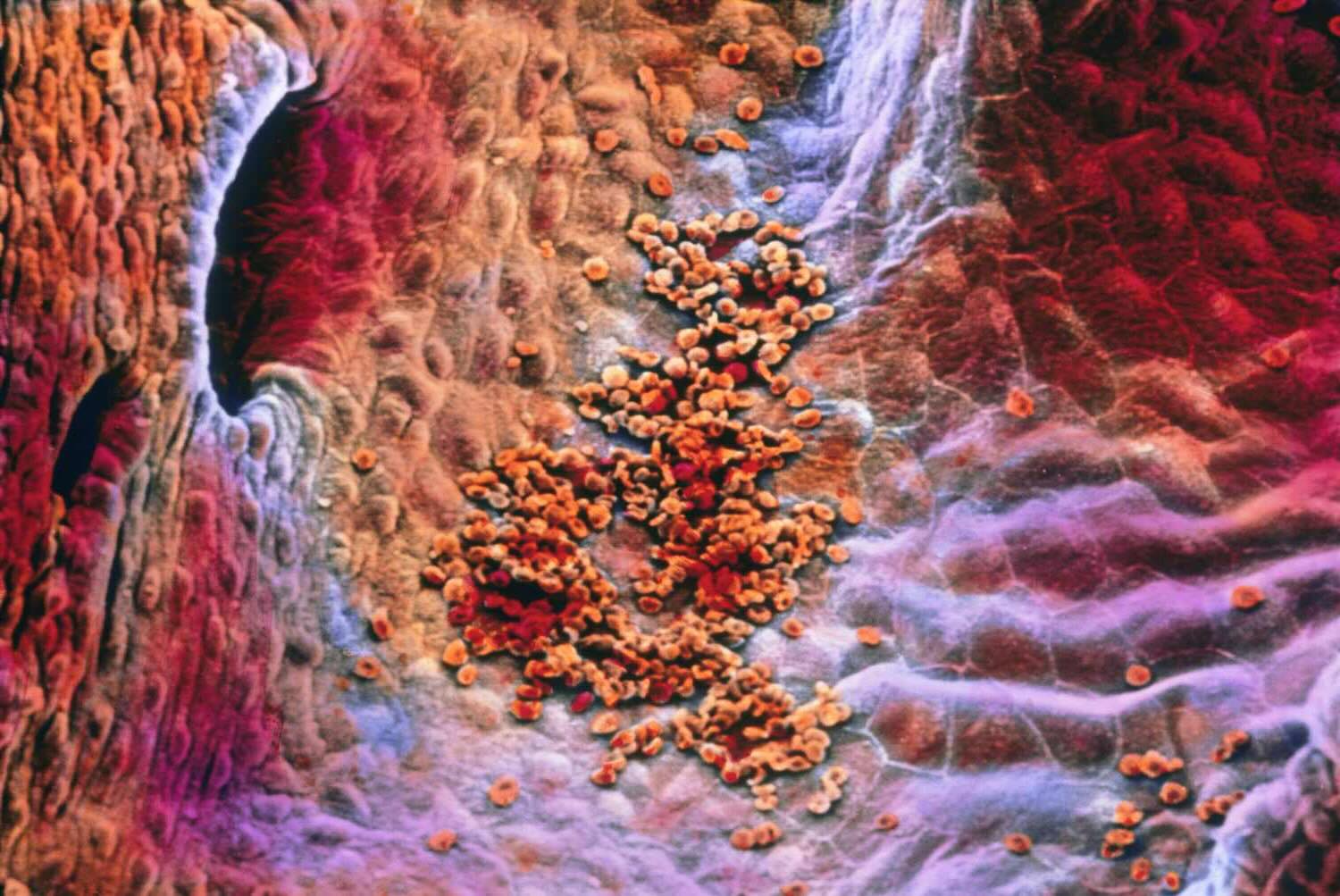
What is the epicardium? The epicardium is the outermost layer of the heart's wall. It plays a crucial role in protecting the heart and aiding in its function. This thin layer of tissue not only shields the heart but also produces a lubricating fluid that reduces friction between the heart and surrounding structures. The epicardium is part of the pericardium, the double-walled sac containing the heart. Understanding the epicardium's functions and characteristics can help us appreciate how our hearts work tirelessly to keep us alive. Ready to learn some amazing facts about this vital part of your heart? Let's dive in!
What is the Epicardium?
The epicardium is the outermost layer of the heart wall. It plays a crucial role in protecting the heart and supporting its function. Here are some fascinating facts about this vital structure.
- The epicardium is also known as the visceral layer of the serous pericardium.
- It consists of a layer of mesothelial cells, which are specialized cells that form a protective barrier.
- Beneath the mesothelial cells, there is a layer of connective tissue that contains fat, nerves, and blood vessels.
- The epicardium helps to reduce friction between the heart and surrounding structures during heartbeats.
- It provides a smooth, slippery surface that allows the heart to move easily within the pericardial sac.
Functions of the Epicardium
The epicardium is not just a passive layer; it has several important functions that contribute to heart health.
- It plays a role in the development of the coronary arteries, which supply blood to the heart muscle.
- The epicardium produces signaling molecules that help regulate heart growth and repair.
- It acts as a barrier to protect the heart from infections and other harmful substances.
- The epicardium stores fat, which can serve as an energy reserve for the heart.
- It contains nerves that help regulate heart rate and other cardiac functions.
Epicardium in Heart Development
During embryonic development, the epicardium has a significant role in forming the heart's structure and function.
- The epicardium originates from a group of cells called the proepicardium.
- It migrates over the surface of the developing heart to form the outer layer.
- The epicardium contributes to the formation of the heart's fibrous skeleton, which provides structural support.
- It also gives rise to smooth muscle cells and fibroblasts, which are essential for heart function.
- The epicardium is involved in the formation of the coronary vasculature, which is crucial for supplying blood to the heart muscle.
Epicardium and Heart Disease
The epicardium can be affected by various heart diseases, which can impact its function and the overall health of the heart.
- Inflammation of the epicardium, known as epicarditis, can cause chest pain and other symptoms.
- Epicardial fat accumulation is associated with an increased risk of coronary artery disease.
- Damage to the epicardium can impair the heart's ability to repair itself after injury.
- Epicardial cells can undergo changes that contribute to the development of cardiac fibrosis, a condition characterized by excessive scar tissue formation.
- Research is ongoing to develop therapies that target the epicardium to promote heart repair and regeneration.
Interesting Facts about the Epicardium
Here are some additional intriguing facts about the epicardium that highlight its complexity and importance.
- The epicardium is only a few cell layers thick, yet it plays a crucial role in heart health.
- It is continuous with the inner layer of the pericardium, which lines the pericardial sac.
- The epicardium can produce growth factors that stimulate the formation of new blood vessels.
- It has the ability to undergo a process called epithelial-to-mesenchymal transition, which allows it to contribute to heart repair.
- The epicardium can interact with other cell types in the heart, such as cardiomyocytes and endothelial cells, to coordinate heart function.
Future Research on the Epicardium
Scientists are continually discovering new aspects of the epicardium and its role in heart health and disease.
- Researchers are exploring ways to harness the regenerative potential of epicardial cells to treat heart disease.
- Studies are investigating the role of the epicardium in heart development and how it can be manipulated to improve heart repair.
- Advances in imaging techniques are allowing scientists to study the epicardium in greater detail.
- Understanding the signaling pathways involved in epicardial function could lead to new therapies for heart disease.
- The epicardium remains a focus of research due to its potential to unlock new treatments for heart conditions.
The Heart's Hidden Hero
The epicardium might not get the spotlight, but it plays a crucial role in heart health. This thin layer protects the heart, aids in healing, and even helps in the development of new blood vessels. Without it, our hearts would be more vulnerable to damage and disease.
Understanding the epicardium's functions can lead to better treatments for heart conditions. Researchers are continually discovering new ways this layer contributes to heart health, making it a key focus in medical studies.
Next time you think about heart health, remember the epicardium. It's not just a protective layer; it's a vital part of what keeps our hearts beating strong. So, keep learning and stay curious about the amazing ways our bodies work. The more we know, the better we can take care of ourselves.
Was this page helpful?
Our commitment to delivering trustworthy and engaging content is at the heart of what we do. Each fact on our site is contributed by real users like you, bringing a wealth of diverse insights and information. To ensure the highest standards of accuracy and reliability, our dedicated editors meticulously review each submission. This process guarantees that the facts we share are not only fascinating but also credible. Trust in our commitment to quality and authenticity as you explore and learn with us.
